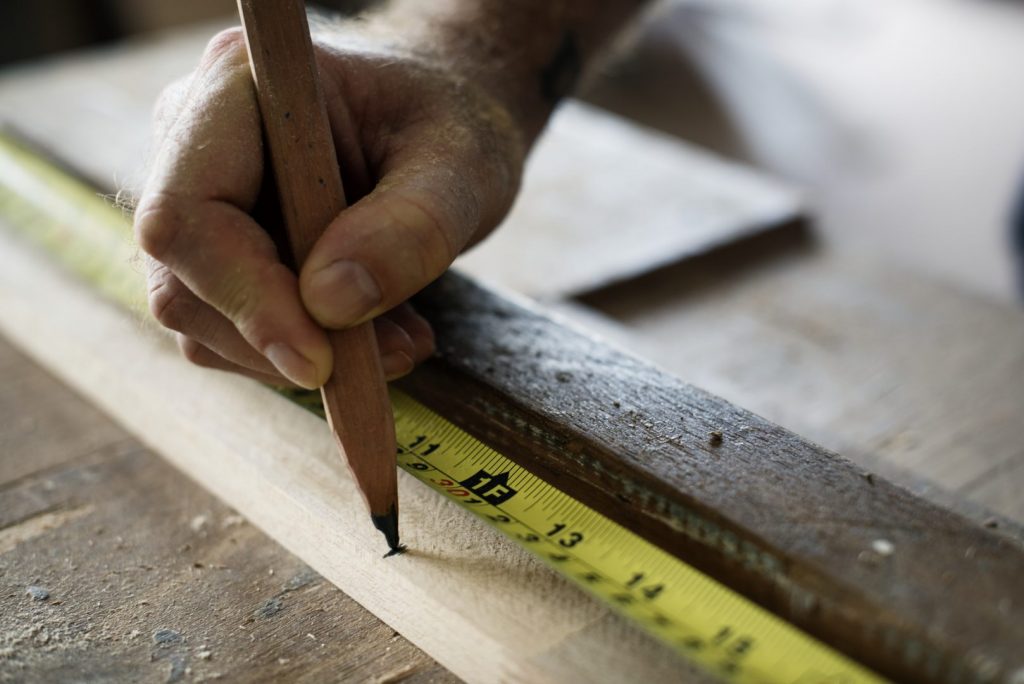
Creating renovations with the client’s needs uppermost in the process is the key to implementing effective aging in place improvements
When we are invited to go into a client’s home and meet with them about possible aging in place improvements – whether we contacted them to set the appointment, it was a referral, or they initiated the contact – many dynamics are converging at that point.
When we arrive at their home, we are bringing with us a database of successful solutions we already have implemented (in homes like theirs), possible solutions we think we can offer this household (based on our early analysis of their home or neighborhood), new products and treatments we are aware of (that might be appropriate for them), and a sensitivity to the needs and possible budget considerations of the client.
The client is welcoming us into their home with some questions about what we will be able to do for them, possibly an uncertainty about what needs to be done or what should be undertaken, how much it’s going to cost them, and whether anything major really is necessary to do.
We want to help them and are more than prepared to do so. They may express a need for help, but depending on their physical needs and how they have managed to this point, might be less sure of our ability to help them – or the need to engage us for that purpose.
Nevertheless, the client’s home is not a blank slate where we get to do anything we want to show that we can. That would be fun, and the end result would be great, but that’s not why we were invited to meet with them. We have to be sensitive to their needs, budget, and desired outcome. Then we can do the best design possible to achieve those stated goals.
Whether we are brought into the client’s home through a referral or we find the client through our marketing efforts, the process begins with an assessment or evaluation. We need to determine a budget, but we have to know what the overall scope is before we can determine whether the stated or requested budget is appropriate. A number without an attachment to a proposed work product is just a number. We have to make it relevant.
Thus, the first thing we must do is interview the client to learn what their concerns and issues are – from a mobility, comfort, space utilization, lighting, convenience, safety, and other viewpoints they have noticed or that we might question them about to learn more.
The key to creating a successful and effective aging in place renovation for our clients is to address their needs. It’s that simple. We should not be trying to make a statement, pad our portfolio of work products, or show how much we know. This is simply an opportunity to take what we know and convert it into a workable solution for our client that meets their needs and budget.
Aging in place solutions are centered on the client so we must keep this in mind. We have many ways that we can go with a suggested improvement or renovation, but it must connect with the client and be something they can accept. The colors, styles, finishes, and general layout or look of an improvement may appeal to us, but if they don’t like it, it is for naught. We must create a safe solution for them, with safety being the operative word.
As long as we aren’t uncomfortable attaching our name to the solution we create, and it seems to address their major needs, it doesn’t matter how fond we are of the design. It’s for them, not us.
This may be a hard concept to keep in mind, but the reason we are crreating solutions for our aging in place clients is to enable them to keep living effectively in their cufrrent space. We aren’t intereested in having them move. We want to keep them where they are. Therefore, we have to address their concerns win a way that is appealing to them. It’s their money, it’s their hhome, and it;s their life.
